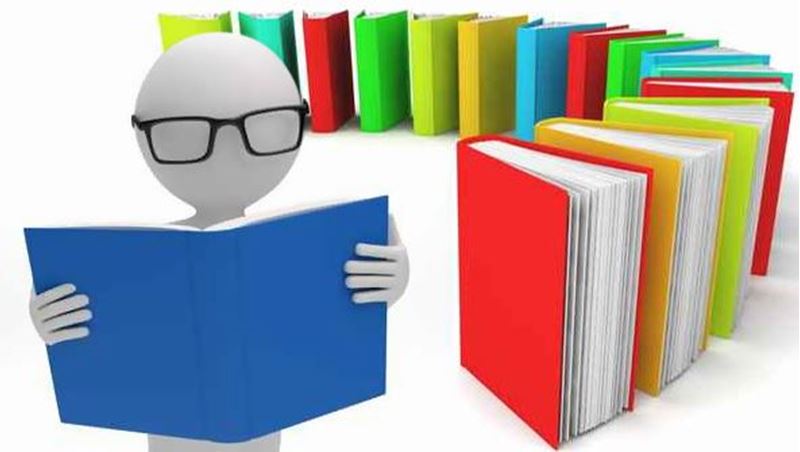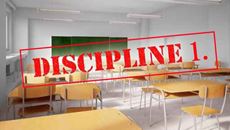- Delivery Method Online
- Professional Certificate
- 24hrs Suggested Study Time
- 3 Months Access
- Tutor Support
- Study On Any Device
- 4326 Students
Guided Reading in the Classroom

Learn creative ways to bring differentiated instruction and guided reading to life in your classroom.
Now more than ever, today's teachers are grappling with the question of how to reach struggling readers. While there are no quick fixes, thousands of teachers are combining the principles of differentiated instruction and guided reading with unparalleled success. Mixed in the right proportion, these popular strategies will help you build a balanced literary framework that gets results with even the most challenged learners.
Differentiated instruction tactics will help you understand how your students learn so you can teach in a way that makes sense to them. When you apply those tactics within the guided reading framework, which helps you lead students through new ways of approaching text, great things start to happen. The result is a classroom full of students who are able to negotiate increasingly challenging texts with unprecedented fluency.
This course is critical for today's educators, who often have to teach on the run with limited resources and unlimited demands on their time. Get ready to reach your readers with ease in no time flat!
Courses are delivered to you through expertly executed lessons, online instruction and interaction with like-minded students. Our courses are designed to deliver all of the benefits of studying in a classroom whilst giving you the flexibility to study at a time and place to suit your needs. You can access your classroom 24/7 from any device with an internet connection.
This course has a 3 month duration. You'll complete comprehensive lessons, quizzes and assignments before submitting your final exam at the end of the course to achieve your certificate. Courses must be completed within the 3 month access period.

Marsha Spears
A veteran educator who has taught every grade but third, Marsha Spears has spent 35 years teaching students and training teachers. Spears earned a bachelor's and master's degree in educational administration with a specialty in curriculum and lite... Read more
Read Marsha Spears's ProfileFrequently Asked Questions
What people are saying about our courses
The Learning Environment
From the moment that you enrol in the Guided Reading in the Classroom you will become an integral part of our learning community. You'll find yourself with the freedom to learn at a speed that suits you, on any device, from anywhere in the world. Achieving your career goals no longer has to mean compromising family and work commitments.
Ready to get started?
Enrol NowOur Values
Learn At Your Own Pace
We believe in personalised learning. That's why we provide all the tools and support you need to succeed at your own pace. With flexible learning, you'll stay motivated and retain more information. Plus, you can balance your studies with work and family commitments to make your dreams a reality.
We Won't Break The Bank
Education should be accessible to anyone who wants to learn. That's why we offer some of the most competitive prices in the industry with payments plans for just $25 per week. Investing in your future is a smart choice and doesn’t have to break the bank.
Industry-Led Courses
There's no better way to learn than from experts with years of experience in your field. That's why each of our 200+ industry-led courses are designed to give you a real-life perspective on your industry. With our expert mentors, you'll learn from people who have a wealth of knowledge and experience, and who are passionate about sharing it with you.
Get The Personal Support You Deserve
At Vibe Learning, we're real people who are dedicated to providing you with personal support every step of the way. Our industry experts are not only professional and knowledgeable but also incredibly passionate about sharing their expertise with you. With their guidance, you'll gain invaluable insights and practical knowledge to help you succeed.
Still looking?
Check out the following courses related to Guided Reading in the Classroom:





